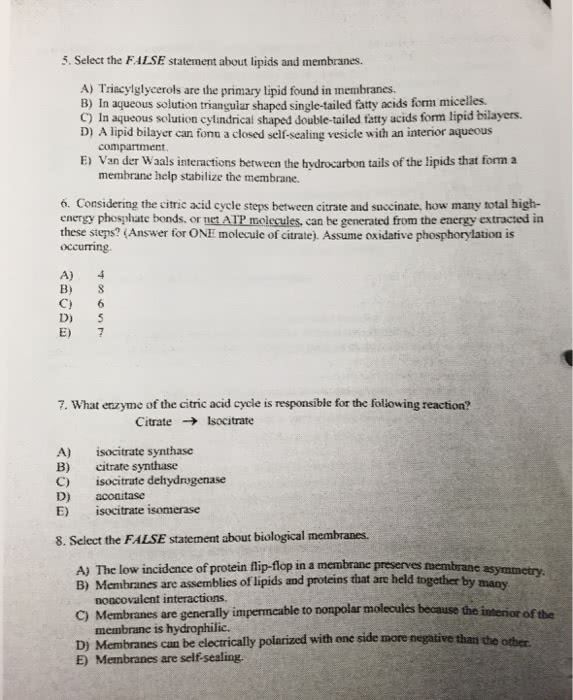BCHM 316 Study Guide - Quiz Guide: Isocitrate Dehydrogenase, Malate Dehydrogenase, Succinate Dehydrogenase
Document Summary
Isocitrate dehydrogenase: citrate synthase: adds oxaloacetate to acetyl- coa, aconitase. 3: alpha-ketoglutarate dehydrogenase, succinyl- coa synthetase (makes gtp) or atp, succinate dehydrogenase, fumarase, malate dehydrogenase. Remember this conversion: 4 protons = 1 atp generated! Nadh is produced early in the pathway; there are a total of 10 protons pumped ! Therefore using the conversion : we get 2. 5 atp generated from nadh. Fadh2 is generated during step 6 where succinate becomes fumarate! With fadh2, there are a total of 6 protons pumped! Nadh is generated in three steps. (3,4,and 8) : this allows 2. 5 atp to be generated. During the dehydrogenation steps , nadh and fadh2 are produced! There are 20 net atp generated in the cac! In total, with cac,glycolysis, and etc-- we get 30-32 atp generated! Keep in mind that this is under ideal conditions in the perfect world! These energy molecules (nadh and fadh2) power proton transfer/ release. Fun fact: cancer cells ignore the citric acid cycle.


